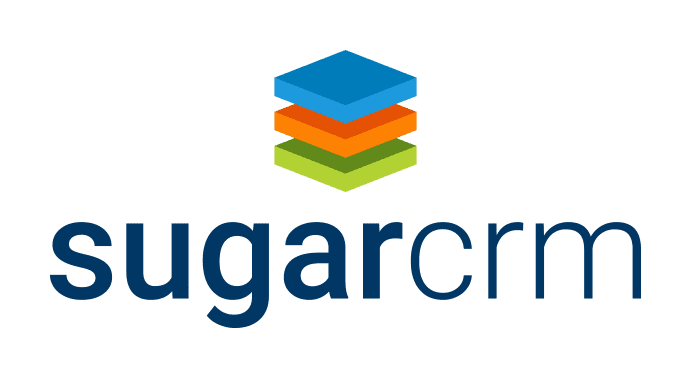Nearly half of all digital transformation initiatives are fueled by growth opportunities and market pressure. After all, the need for business agility and competitiveness to stay ahead of the curve is always present.
Still, the heavy reliance on these solutions for daily organizational tasks cannot be denied: By 2020, most businesses had implemented at least one form of digital initiative. What remains is for organizations to help their employees to fully utilize the power of these digital technologies for enhanced data-driven insights, ROI, and the organization of the learning journey.
That’s because, despite the growing digital adoption, most users have yet to gain expertise in the tools they use daily. With that in mind, our digital trends to watch this year focus on empowering employees to fully utilize digital tools by putting the user first and the technology second.
Creating a Holistic Approach to Software Adoption
One downside to digital adoption is the implementation of numerous software solutions and interfaces in the workplace to meet specific needs. But by providing many solutions to work with, employees may lose productivity because of application overload.
Additionally, the software experience is not immersive or focused enough to allow employees to understand and take advantage of its applications fully. As such, more and more organizations will look towards digital adoption platforms that offer an integrated yet consistent application experience for every employee regardless of their tasks.
The goal is to create a friendly adoption strategy that connects organizational workflows and end-to-end experience and creates in-app guidance effortlessly. This way, employees can continuously learn on demand and adopt software implementations much faster.
Empowering Software Users with Inclusive Experiences
Software solutions are created to help employees become more effective and efficient in their tasks. However, the premise for software development has centered on a one-size-fits-all model that doesn’t account for the unique nature or characteristics of individual employees.
For example, new employees with minimal software backgrounds find it more challenging to adopt new digital systems in the workplace. That is, many companies don’t account for role-based onboarding and training for software interfaces and workflows.
Visual or auditory-impaired employees have an even greater disadvantage as most software solutions do not account for their needs, even more so if they are more adaptable to a particular learning style.
Therefore, there is a growing need for tailored software experiences that allow employees to learn and adopt digital technology in ways that support them individually. That said, inclusive software experiences will become a growing trend in 2023.
Adopting Intelligent User Segmentation
When an organization invests in a software solution, its usage is spread throughout the entire organization. But every business unit requires different functions to operate optimally. This is where the adoption of intelligent user segmentation comes in.
With the increasing use of big data, more companies will use intelligent tools to segment the application of software systems based on user roles and departmental objectives. On a personal level, companies can segment software applications based on unique employee traits to help unlock their full potential.
In turn, employee adoption of new systems will be met with more zeal and behavioral change, which should increase productivity. Digital adoption strategies will also expand and adapt their processes to accommodate different use cases so that employees can have what they need to find value within the software solution.
For instance, employees should use the same software effortlessly, even with different outcome expectations. If this outcome-based strategy is enacted, software users will ultimately utilize the software functions that apply to their unit tasks., ensuring high ROI and employee output.
Implementing Self-Help Channels
Customer preferences are evolving, causing a shift in how organizations offer support. The self-reliant software user now wants self-help channels they can access on demand to fix their problems. This will transform traditional customer support centers into applications that offer a customer self-service option.
Some companies will embed all their troubleshooting information (be it in the form of training videos, FAQs, or process documentation) into an interactive self-help hub interface for its users. This will help users get the prompt support they need without waiting for customer service agents or chatbots to respond.
Moreover, the unique challenges of hybrid and remote work require more asynchronous communication, training, learning, and meetings. Companies can meet this need with real-time user support solutions accessible from anywhere and anytime.
Userization is Key
Digital adoption continues to shift the nature of work, like in the growing adaptation of hybrid and remote work. However, as more organizations look to artificial intelligence, machine learning, automation, and other digital technology solutions with a technology-first approach, one gap is felt – employee digital dexterity.
That is why the digital adoption trends to watch in 2023 are centered on improving the employee experience and enhancing the utilization of these tools. Digital trends are always changing and evolving. By understanding these trends, businesses can better equip themselves to keep up with the competition.
FAQs
What is digital transformation?
This is the process of integrating digital technology into every business unit to positively change the operations and value of the business.
Why is digital transformation necessary?
Putting technology at the core of business strategy reduces inefficiencies, operational expenses, and silos and gives the business a competitive advantage.
What are the digital adoption trends to watch in 2023?
The primary trend in digital transformation in 2023 focuses on developing digital solutions that meet user needs first and technology needs second. This means more trends will focus on the software user experience and ability to adapt to and utilize the new digital implementations in the organization.

